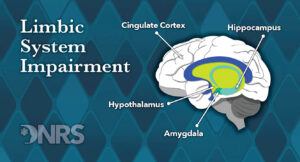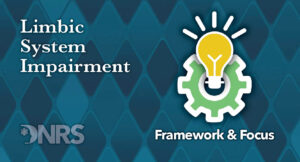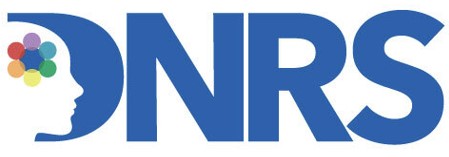The limbic system is a group of interconnected structures deep within the brain that plays a crucial role in regulating emotions, memory, behaviour, and the body’s response to stress and perceived threats. It includes parts like the amygdala, hippocampus, hypothalamus, and cingulate cortex. While the limbic system is designed to help us survive—by scanning for danger and triggering protective responses—it can sometimes become overactive or “stuck” in a state of high alert. This is known as limbic system impairment or limbic system dysfunction.

Limbic system impairment [10] often develops after chronic exposure to stress, trauma (emotional or physical), infections, chemical exposures, or other ongoing triggers that overwhelm the nervous system. When this happens, the brain can begin to misinterpret safe signals as threats, keeping the body in a chronic fight, flight, or freeze response. This dysregulation can contribute to a wide range of symptoms and conditions, including chronic fatigue, fibromyalgia, anxiety, chemical sensitivities, chronic pain, digestive issues, and more.
What makes limbic system impairment [11] particularly frustrating is that traditional medical approaches may focus solely on physical symptoms without addressing the underlying neurological dysfunction. In these cases, even well-meaning treatments can fall short, as the root issue—the brain’s maladaptive response patterns—goes unrecognized.

One promising approach to healing limbic system impairment is neuroplasticity-based retraining, which works by rewiring the brain’s threat-detection circuits and restoring a sense of safety and balance to the nervous system. The Dynamic Neural Retraining System (DNRS), developed by Annie Hopper and taught through retrainingthebrain.com, does this. DNRS is a structured, self-directed practice based on the science of neuroplasticity—the brain’s ability to change and form new neural connections. Through daily exercises involving visualization, movement, language, and emotional regulation, DNRS helps individuals shift out of survival mode and retrain the brain to respond to life with calm, clarity, and resilience. Many people with complex chronic conditions have found DNRS to be a life-changing tool in their healing journey.
Check out their stories here.

